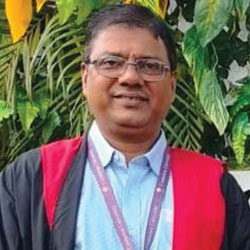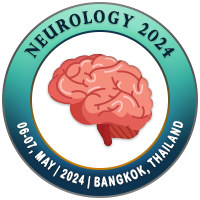
Debendra Kumar Sahoo
Centurion University of Technology and Management, IndiaTitle: Detection of Brain Tumours through the Application of Deep Learning Techniques
Abstract
The fast detection of brain-tumour plays a crucial role in advancing therapeutic outcomes. Physically assessing numerous MRI scans regularly distributed at medical centers poses a challenge. There is a notable demand for PC-assisted strategies with improved accuracy for early detection of cancer. Currently, there is a growing interest in employing deep-learning techniques for the highly accurate and rapid detection of cerebral tumors and heart rate. This research paper focuses on three primary advantages: growth location, division, and tumour detection. To be clinically beneficial, brain tumor diagnostic approaches need integration into a fully automated system, as discussed in this study. The research explores the effect of process parameters and different tool materials for fast detection of brain-tumour contributes an important role in further developing therapeutic outcomes and hence functioning in endurance tolerance. Deep Learning (DL) uses a Multilayer neural network (MNN) with multiple hidden layers and independent parameters to conduct research. In contrast to commonly used MNNs, each input MRI undergoes convolutional layers, filters, fully connected (FC) layers, pooling layers, and finally, Soft-max for the conclusive decision-making process. Although both deep learning and traditional machine learning fall under AI technologies, deep learning offers more advantages, achieving a commendable score of 96.8%.
Biography
Dr.
Debendra Kumar Sahoo, has completed his Master of Technology in Applied
Electronics from Dr. M. G R. Deemed University, Chennai during 2003-2005 and
secure 8.4 CGPA. He has completed his Ph. D. in Electronics and Communication
Engineering from Centurion University. Deep learning, Machine Learning, Medical
image processing and Artificial intelligence are his research areas. He has
more than 20 years of teaching experiences at different Engineering colleges in
Odisha and Chennai. He has published 14 numbers of national and internal peer
reviewed journal and conference papers with a patent.

